Making Cultural Diversity Work - Sample Programme Outline
Making Cultural Diversity Work - Two Half Day Sessions
Session One: Making Cultural Diversity Work
Remote Delivery – 3-hour training session
Please note that timings are approximate – a mid-session break will be agreed, and the close of training timing will be adjusted accordingly to ensure full training delivery
Welcome and Introduction
Purpose: establish objectives & ways of working; build rapport & common purpose; set up safe learning environment
Methods:
- facilitated discussion & consensus building
- open-ended challenge
Understanding Stereotypes and Generalisations
Definitions and terms: looking at the barriers preventing people from working together effectively and inhibiting the development of inclusive relationships that generate creativity and innovation.
· Unconscious Bias, assumptions and world view
· Prejudice, discrimination and cultural appropriation
· Diversity and inclusion – differentiating between the two
Purpose: establish shared understanding of key terms used throughout the workshop.
Methods: interactive presentation and discussion
The Impact of Culture in the Workplace – Trials and Triumphs
Understanding how culture impacts work styles, behaviour, communication and relationships
What is culture? Different levels of culture and their influence on individual identity
Understanding how culture influences attitudes, behaviour and communication, and exploring how these differences play out in the workplace
Finding opportunities in difference and diversity – the business case for a diverse workforce.
Purpose: bring out group’s experience & tacit knowledge of intercultural working; key factors determining positive or negative outcomes in intercultural interactions; introduce key concepts in intercultural communication, diversity & difference, and positive transformation (acculturation strategies)
Methods:
- interactive presentation and discussion
- collaborative learning
Unconscious Bias at Work – Exploring Preferences
Building awareness of individual cultural preferences and personal unconscious bias towards other cultures
Our own ‘auto-invisible’ cultural identity - reflecting on personal behaviours originating from our own cultural influences and individual preferences
· Perception and its influences on business relationships – how do I perceive and how am I perceived?
· Ethnocentrism vs ethnorelativism – who is ‘right’?
· How stereotypes can limit our effectiveness
Purpose: provide opportunity for reflection on personal behaviours stemming from individual preference and cultural influences; examine the impact of the behaviour of others on personal effectiveness; explore the external factors that positively or negatively influence outcomes
Methods:
- case studies/critical incidents & facilitated debrief
- self-assessment tools
- group discussion
Close
Session Two: Building a Culture of Inclusion
Remote Delivery – 3 hour training session
Please note that timings are approximate – a mid-session break will be agreed, and the close of training timing will be adjusted accordingly to ensure full training delivery
Diversity and Inclusion – a competency-based approach
Moving beyond the acquisition of knowledge about issues of diversity and inclusion, to developing human competencies which enable an inclusive working environment
· Foundations of an inclusive environment: trust, active listening, and a feedback culture.
· Building a Growth Mindset: self-awareness, curiosity, empathy, vulnerability.
· Understanding the impacts of power, hierarchy and other factors on people’s ability to speak and be heard.
· Impacts of remote and virtual communication.
Purpose: to highlight the need to proactively work on long-term competency development, rather than short-term acquisition of knowledge; to explore strategies for competency development and creation of an inclusive culture in the workplace.
Methods:
- interactive presentation/activity
- discussion
Systemic barriers to a diverse and inclusive workplace
Exploring how organisations channel the biases and world views of their founders and senior leadership through their organisational processes and policies.
Microaggressions – what are they and where do they hide in your organisation?
· The power of data in highlighting gaps
· Examples of good practice
· Exploring positive approaches – HR, performance management, leadership
· Attitudes to change & breaking the mould – “we’ve always done it this way.”
Purpose: to highlight how structural, policy and process barriers can silently exclude; to explore strategies and good practice for creating a structurally inclusive organisation.
Methods:
- interactive presentation
- discussion
The “Is it alright…?” clinic
Addressing outstanding concerns and questions, exploring “what if…” scenarios.
· A safe space to ask uncomfortable questions that might be outstanding
· An opportunity to apply new perspectives to hypothetical situations.
Summary and Close
“This is an excellent course for learning to be aware of how important cultural awareness is when working in a multi-cultural office and working environment. The consultant was excellent at sharing his experience and knowledge. I thoroughly enjoyed it.”
Participant, Reaping the Benefits of Diversity programme

